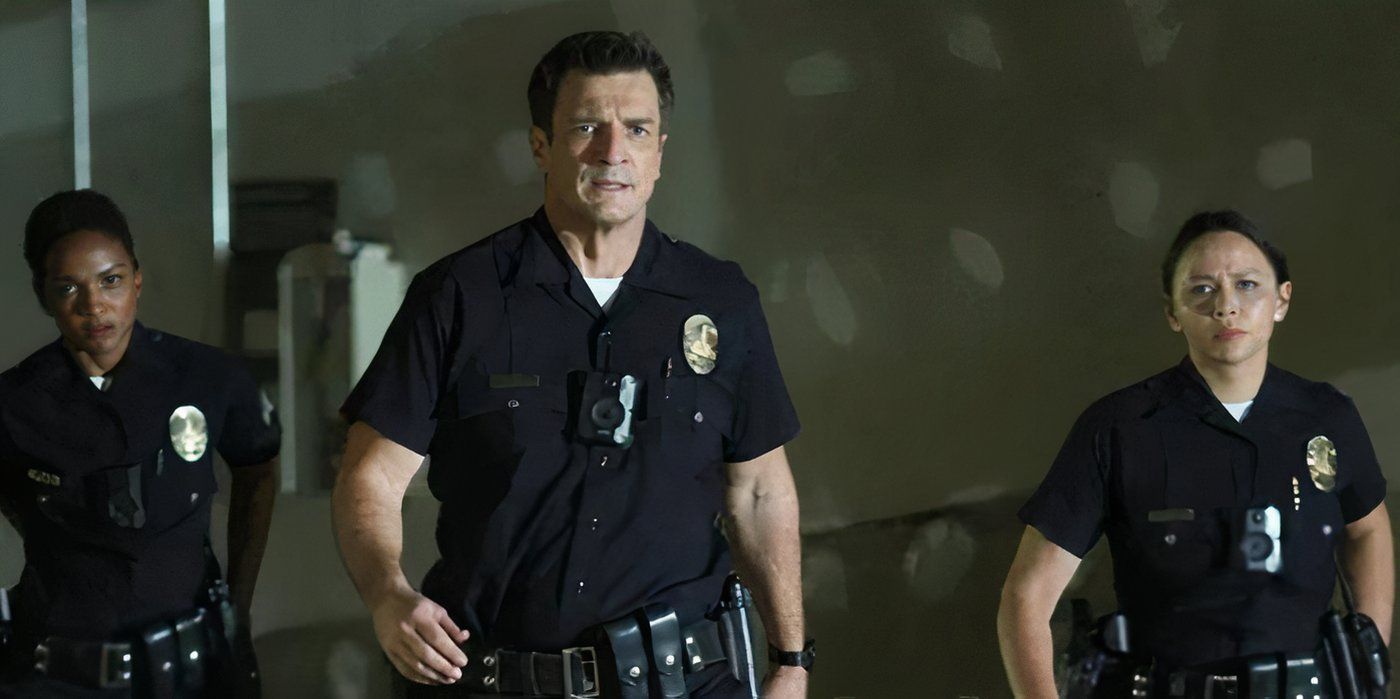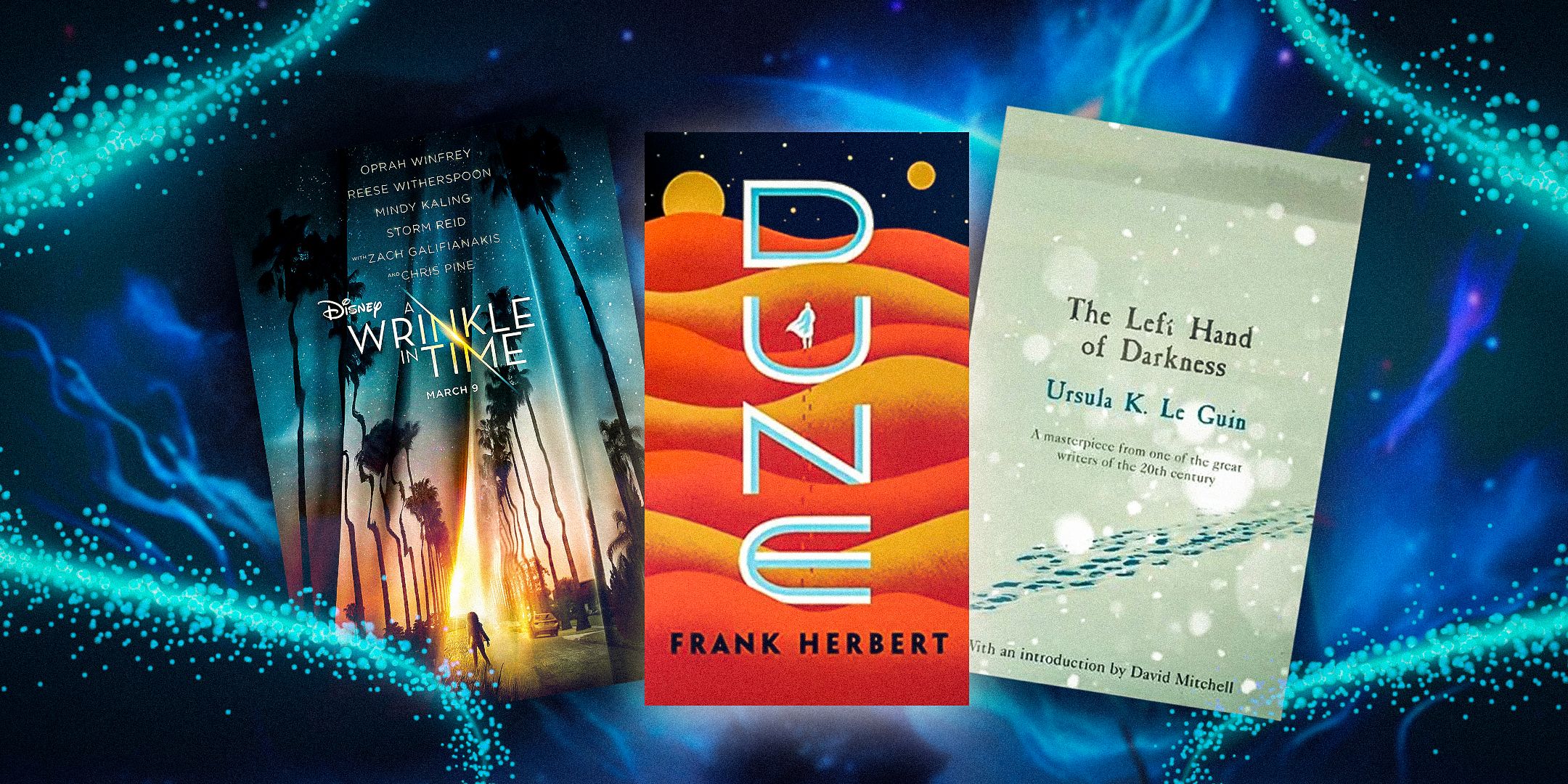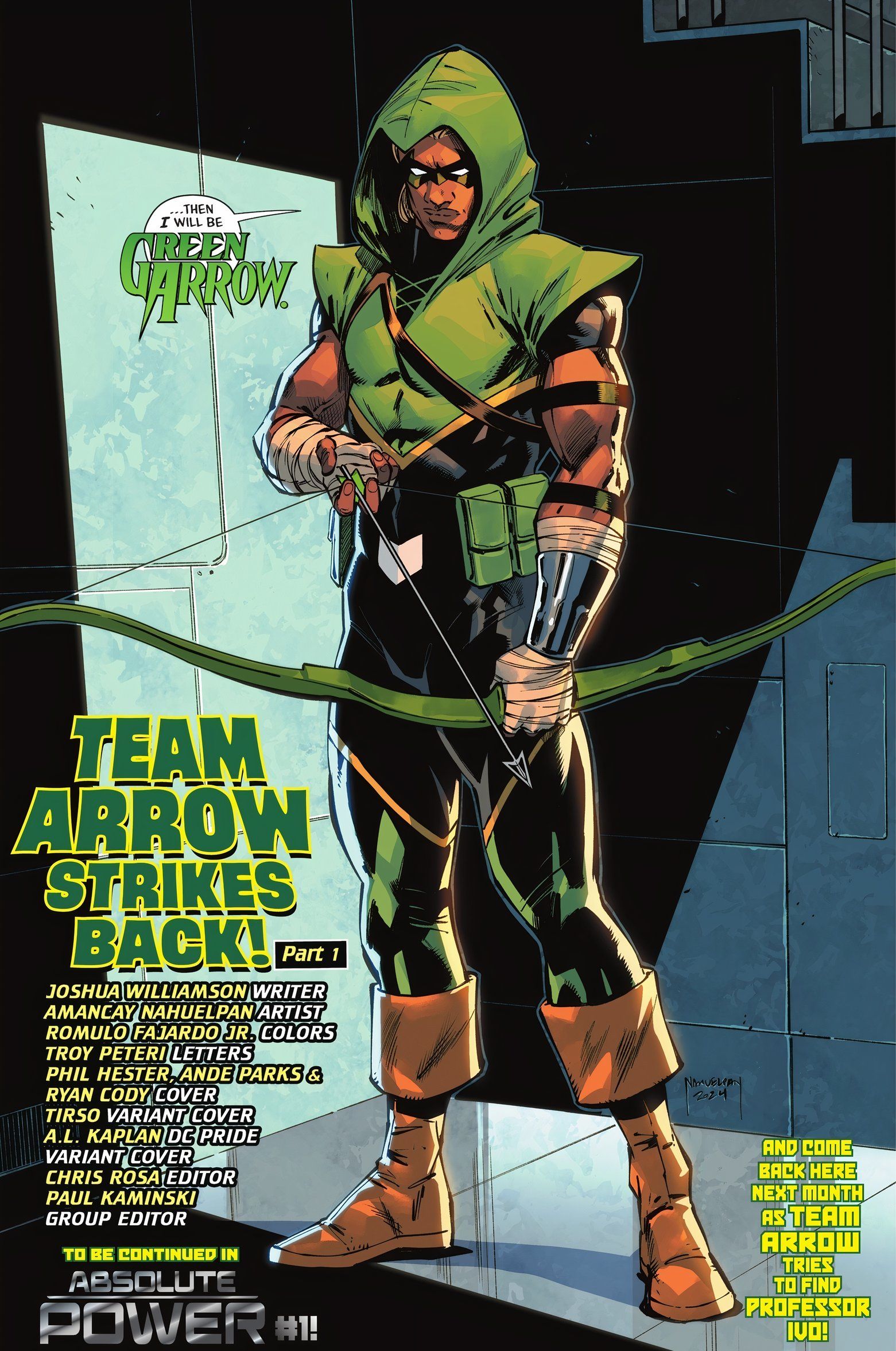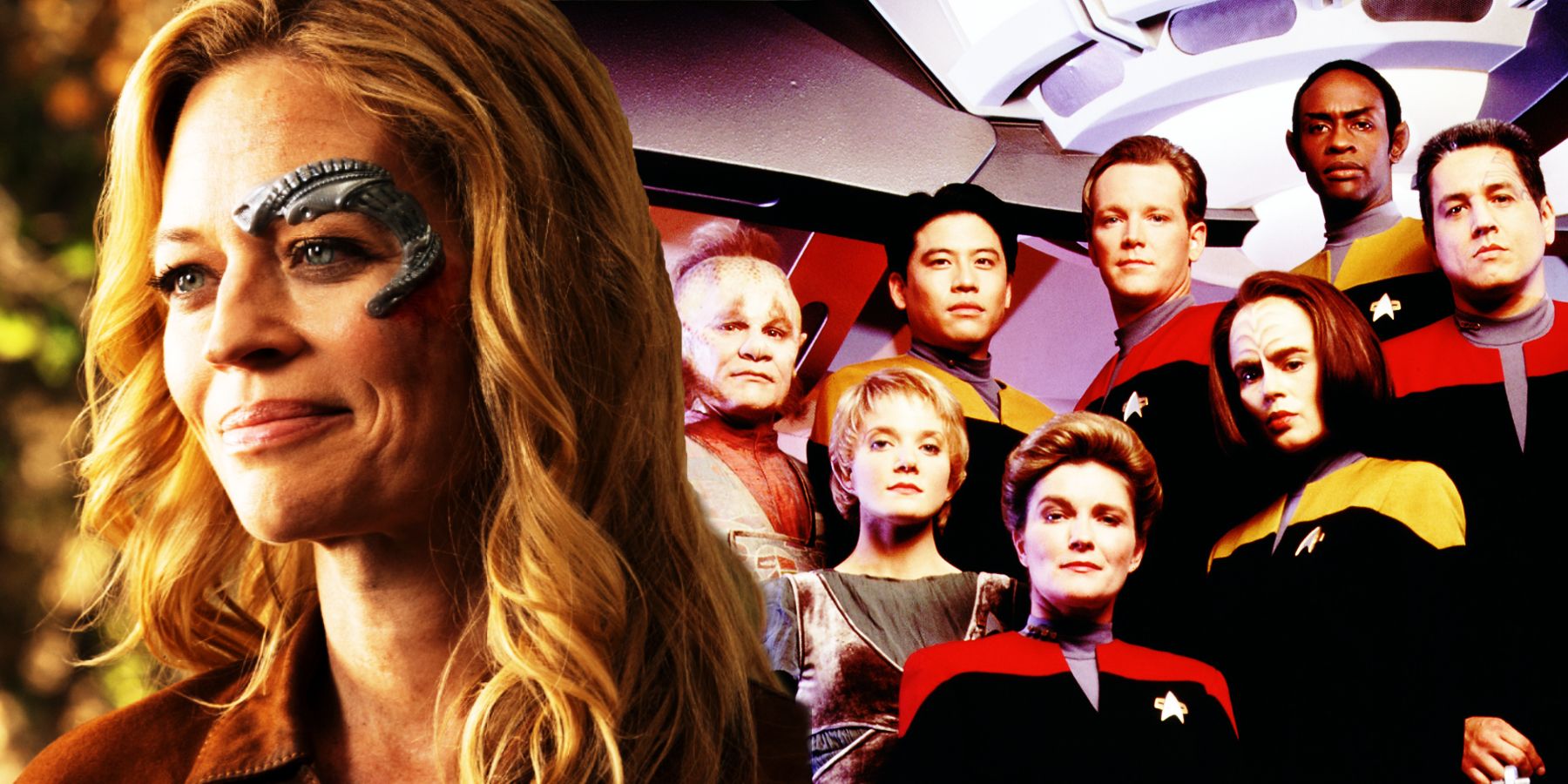Following the success of The Super Mario Bros. Movie, a Nintendo cinematic universe seems likely, but the nature of its source material will make for a different kind of movie universe that avoids a common franchise mistake. For years, Nintendo kept its distance from mainstream movie adaptations, following the legendary embarrassment of 1993’s Super Mario Bros., which regularly appears on lists of the worst video game movies ever made. However, doubtless buoyed by the good fortune of the Sonic the Hedgehog movie, the company took a gamble with The Super Mario Bros. Movie. The film was a bona fide phenomenon, taking home $1.36 billion in the second-highest gross of 2023.
With this juggernaut success, The Super Mario Bros. Movie 2 seems inevitable. Furthermore, the door is open for other Nintendo properties to see big-screen adaptations. The Legend of Zelda seems a likely candidate, as do Metroid and Kirby. These games — and many others — have built in fan bases, scores of popular characters, and plenty of pre-existing lore that could easily translate to box office success. What’s more, the individual nature of Nintendo’s various titles offers the burgeoning franchise a means of evading a problem that often causes cinematic universes to stall before they’ve gotten off the ground.
Nintendo’s Movies Will Not All Take Place In The Same Universe
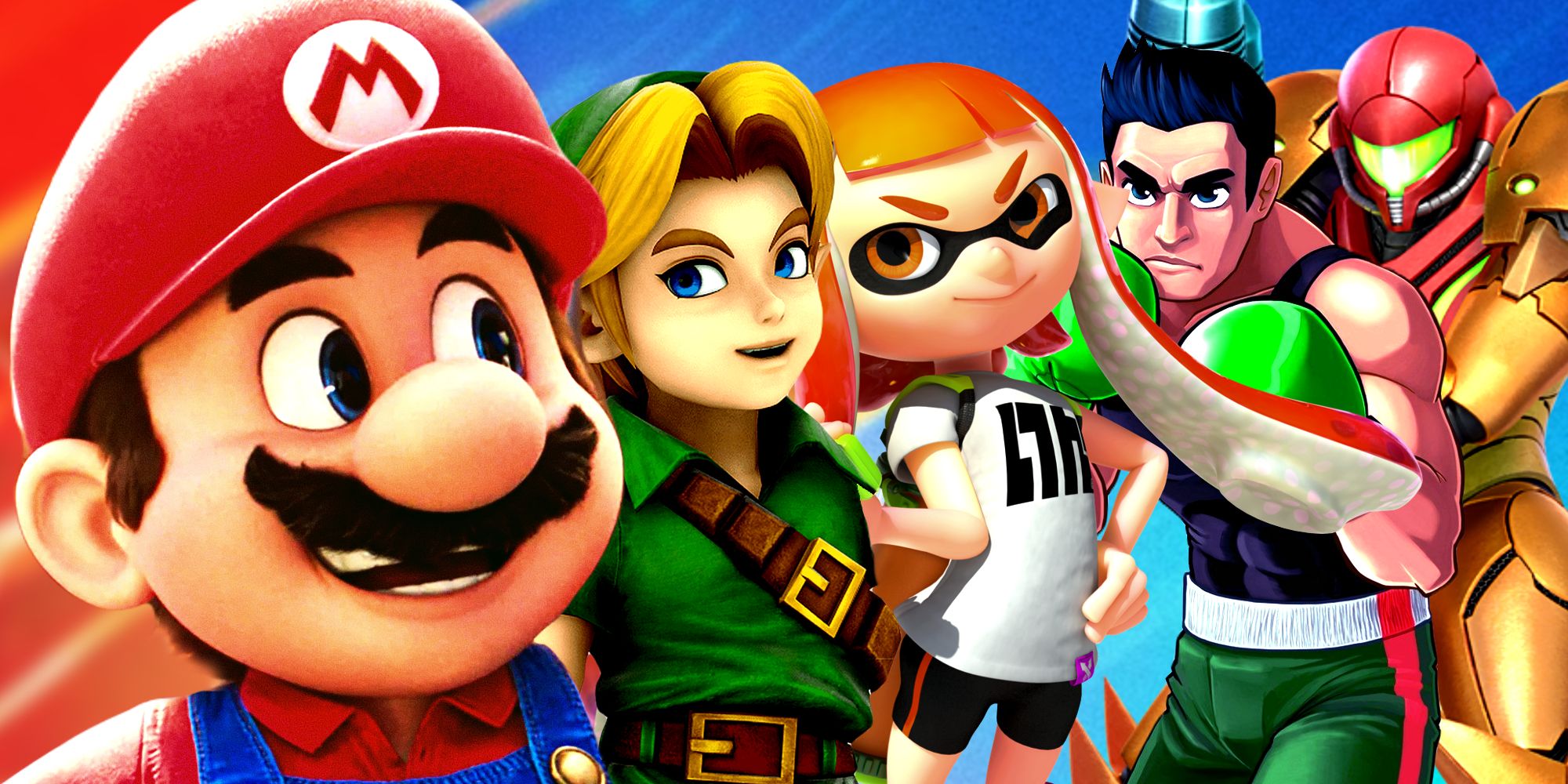
With more Nintendo movies likely on the horizon, it’s worth considering the ways a cinematic universe would differ from other franchises’ attempts to initiate an IP cinematic universe. The gold standard of cinematic universes is, of course, Marvel. The MCU was able to draw on decades of pre-established comic book lore to create a vast, interconnected web of popular characters. Numerous studios have followed in Marvel’s footsteps, attempting to establish a shared space that all of its characters inhabit, like Universal’s ill-fated Dark Universe. However, Nintendo’s distinct game characters operate in their own worlds, which must be honored in a movie adaptation.
While many Marvel superheroes live and work in the same world, where it’s entirely feasible that they would meet and interact, it’s far harder to justify an overlap between the tonally disjointed worlds of Nintendo’s characters. The Legend of Zelda games are intrinsically tied to their space, the enchanted kingdom of Hyrule; a worthwhile Zelda film adaptation would need to take place there, just as the Super Mario Bros. Movie needed to take place in the Mushroom Kingdom. The same is true of Animal Crossing, Metroid, and every major Nintendo property. Homogenizing these settings to allow the characters to more easily overlap would rob them of their distinct charm.
Nintendo’s Different Worlds Approach Avoids The Biggest Cinematic Universe Burden
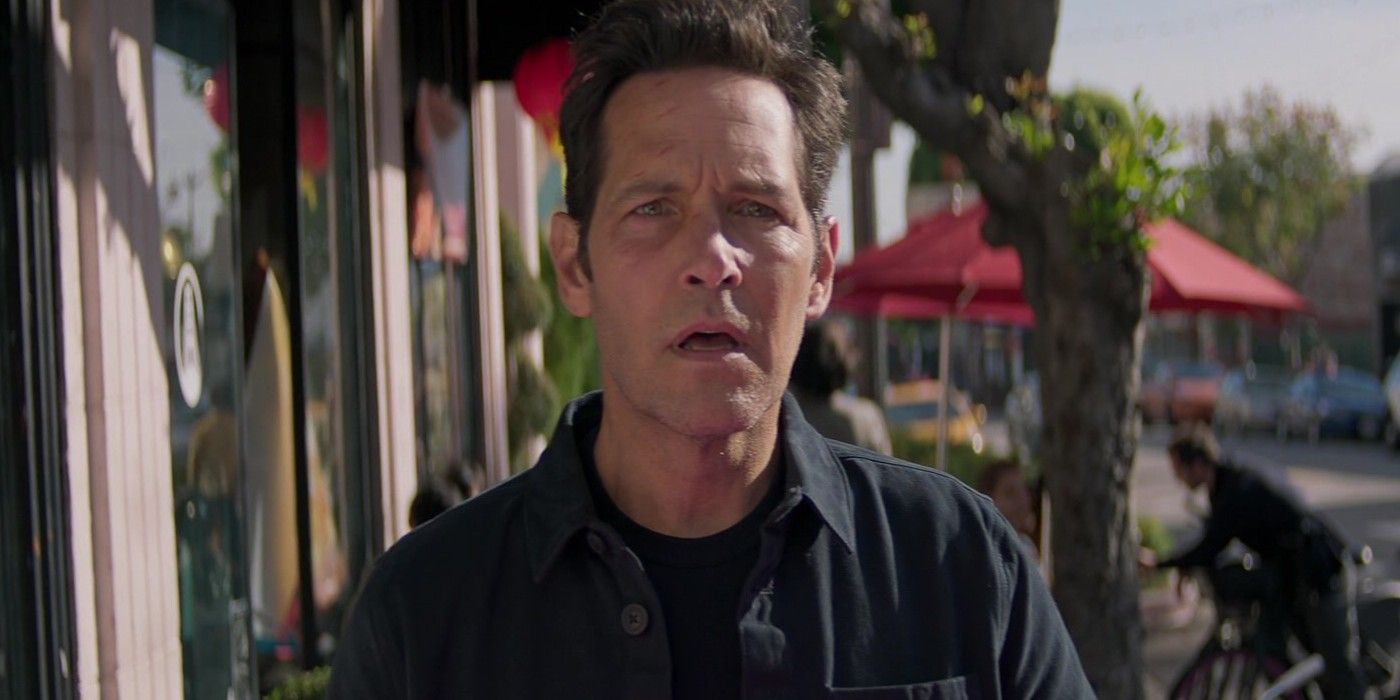
The MCU’s overarching continuity is at once its greatest strength and its biggest problem. The franchise ties every film together into a single, ongoing narrative wherein each installment informs the larger whole. On one hand, it’s a genius strategy for encouraging viewers to keep coming back for the next film for fear of missing important information and falling out of the loop. However, this same ongoing canon gradually causes the films to become opaque and inaccessible to newcomers who wish to enjoy an individual installment on its own terms. The films become loaded with references, and even self-contained entries include distracting asides that only exist to service the canon.
A potential Nintendo Cinematic Universe would avoid this problem by minimizing overlap between its numerous properties. Instead, the franchise could simply operate by telling fully self-contained stories within the distinct game world of each character. Indeed, the MCU is required to engineer meet-ups for its heroes since that’s what fans have come to expect from the comics. However, Nintendo’s characters do not overlap outside of Mario Kart and Smash Bros. Nintendo does not need to risk alienating audiences by making reference to outside properties; each property is rich enough, with recognizable lore and characters that can exist on their own.
How Nintendo’s Cinematic Universe Can Still Crossover
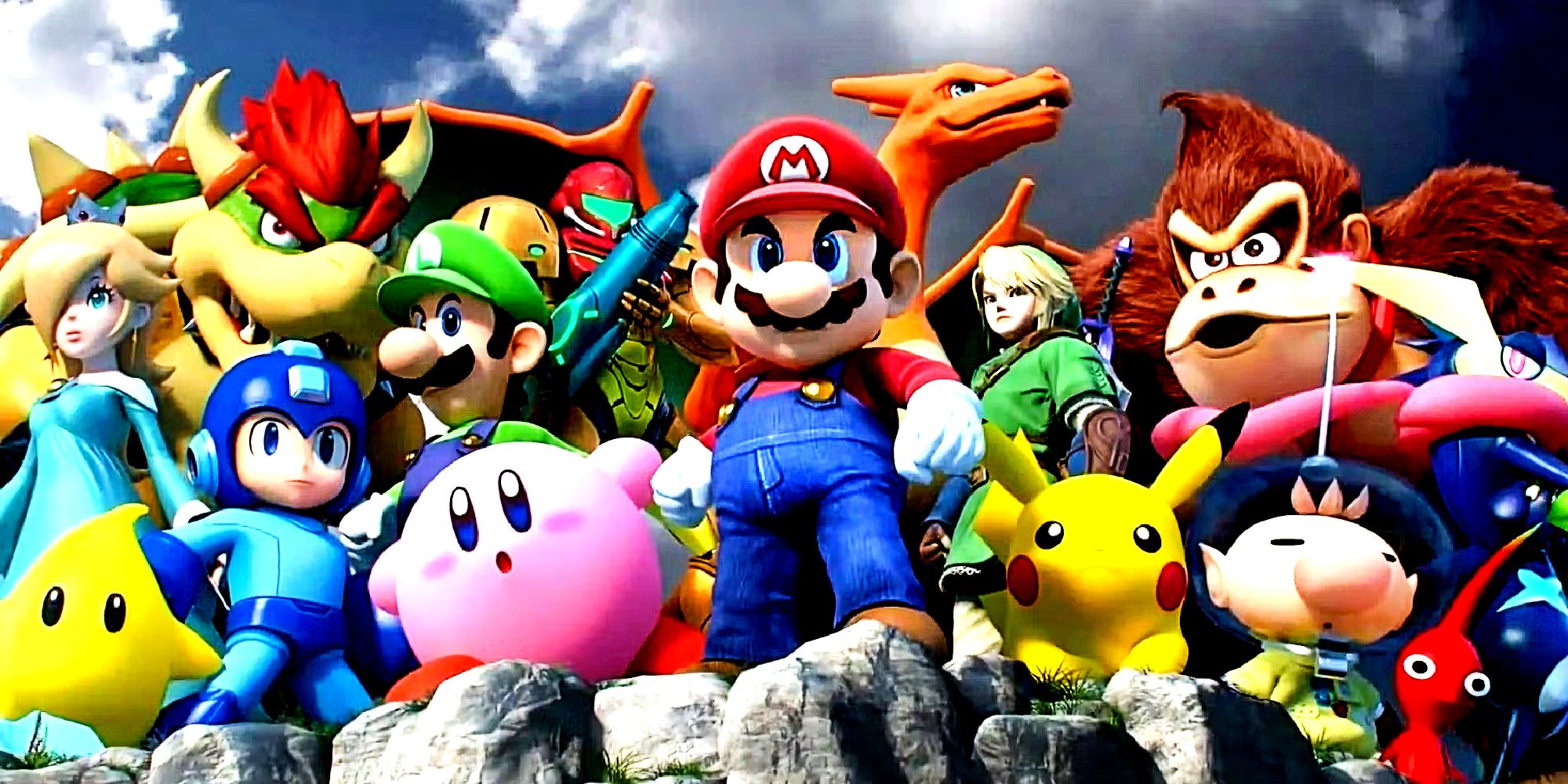
As mentioned, Nintendo isn’t without an arena for character crossovers. A film adaptation of Smash Bros. could pit the Nintendo universe’s characters against one another without a call for complex in-universe justifications. Indeed, Smash Bros. is notoriously light on story. Fans of the game don’t ask for an explanation as to why their favorite video game characters are transported to a fighting arena. A movie could honor this tradition, reconciling the diverse tones and backstories of the numerous distinct characters with a minimalist plot that prioritizes action over lore. Mario Kart has historically served a similar function, although this is now bound to The Super Mario Bros. Movie.
